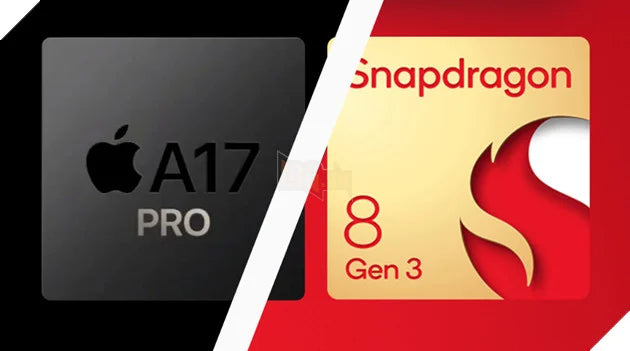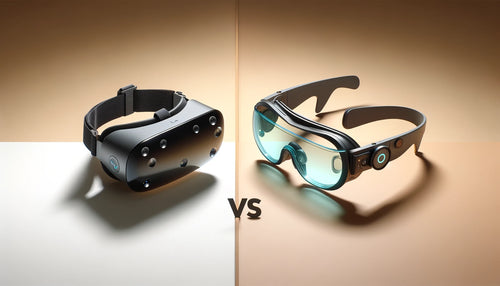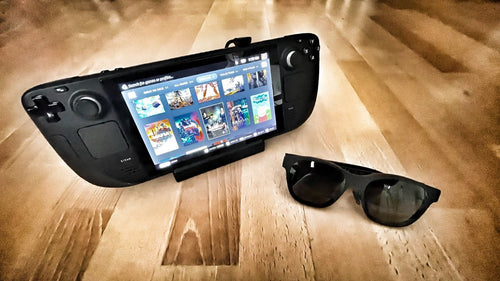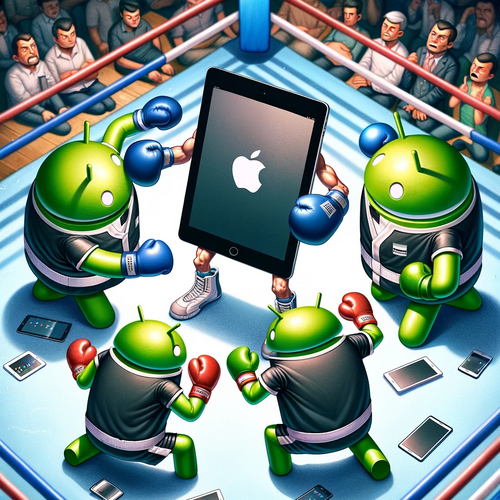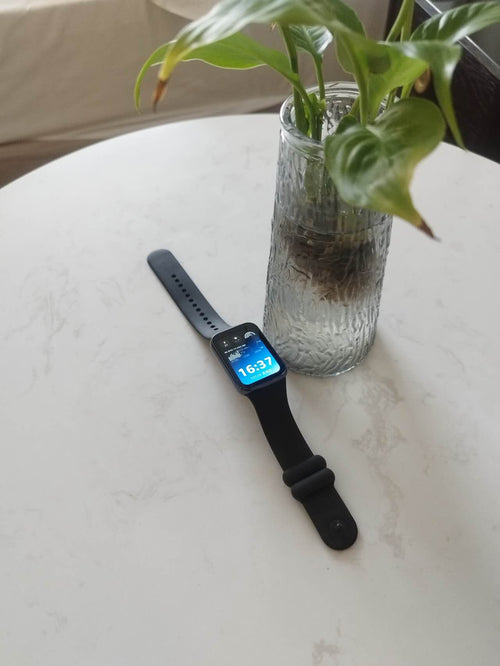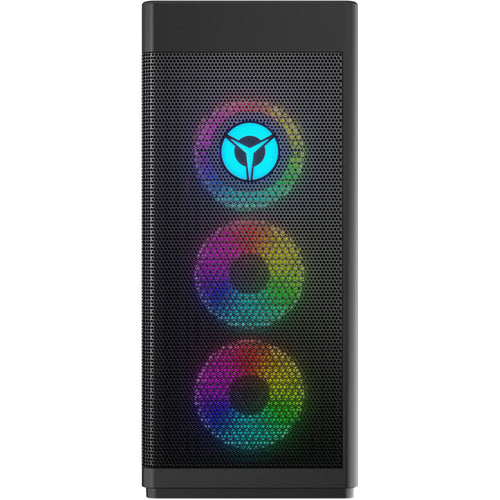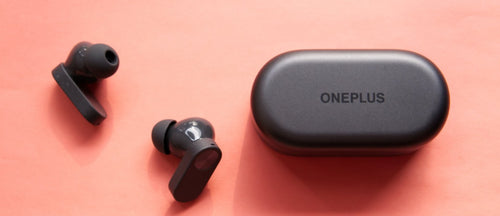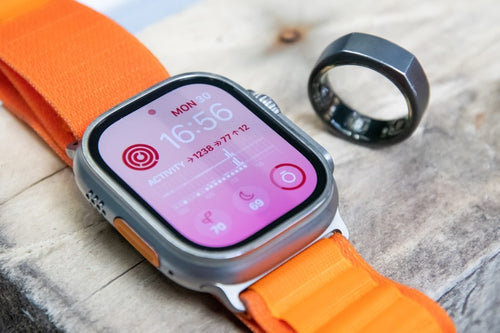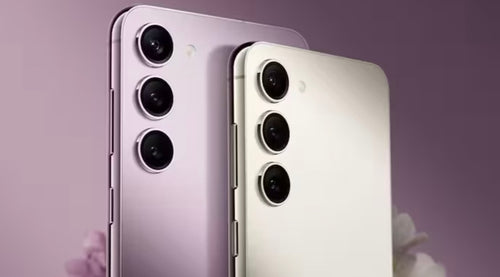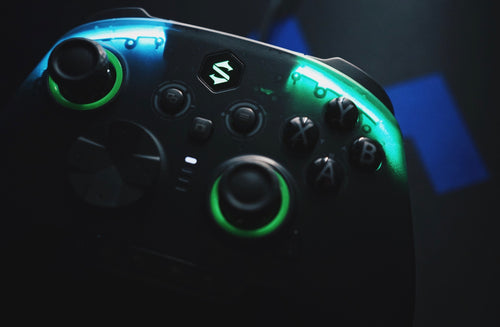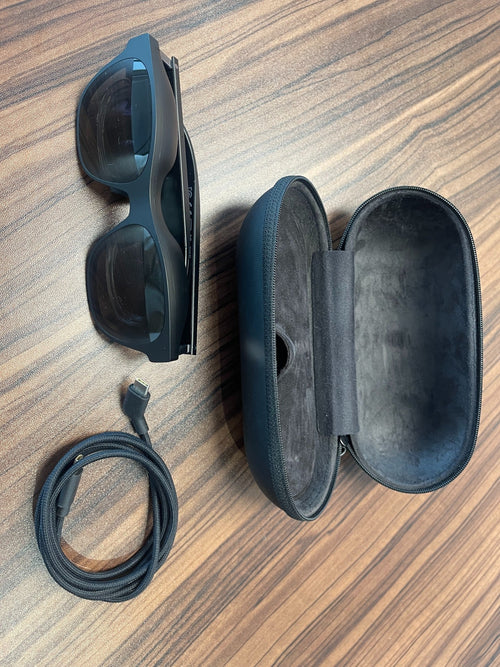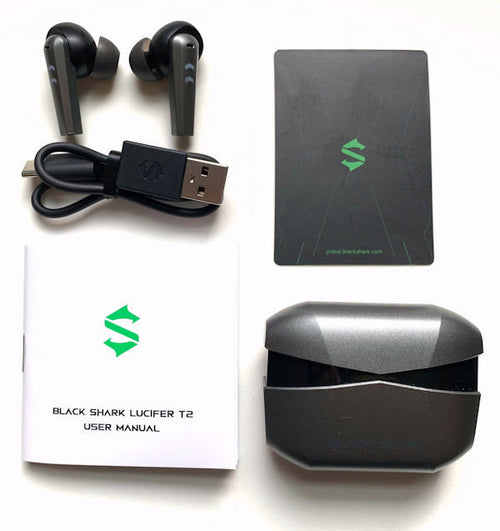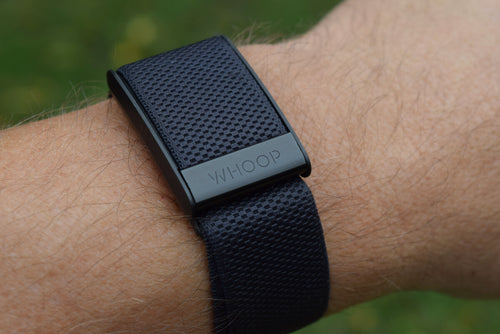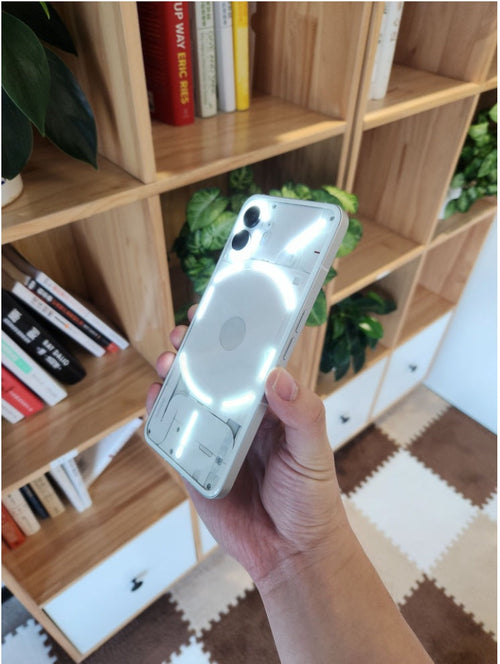Qualcomm Snapdragon 8 Gen 3: The Chip That Finally Dethrones Apple?
In recent years Qualcomm and Apple have continuously tryed to one-up each other with their latest flagship mobile processors. At its Snapdragon Summit at the end of October, Qualcomm announced its newest high-end chip, the Snapdragon 8 Gen 3, while Apple has also launched their A17 Pro chip earlier this year in the iPhone 15 Pro.
These two chipsets represent the best of mobile processing power right now. As devices with the Snapdragon 8 Gen 3 start to emerge, we think it's worth doing a Snapdragon 8 Gen 3 vs Apple A17 Pro comparison. In this post, we'll break down the key similarities and differences between the Snapdragon 8 Gen 3 and A17 Pro. This post will compare the Snapdragon 8 Gen 3 benchmarks to the A17 Pro performance, looking at CPU and GPU performance, AI and ML capabilities, and more, to determine the victor in this technological showdown. Let’s dive in.
CPU Performance
The Snapdragon 8 Gen 3 features an octa-core Kryo CPU with 1 prime core, 5 performance cores, and 2 efficiency cores. Qualcomm claims up to a 30% boost in overall CPU performance compared to the previous Snapdragon 8 Gen 2. Early benchmarks of the Snapdragon 8 Gen 3 vs A17 Pro show it scoring over 7400 on Geekbench, handily beating out the A17 Pro's score of around 7272.
The Gen 3’s prime core runs at 3.2GHz while the performance cores hit 3.15GHz. This marks a shift in strategy for Qualcomm, as they now have 6 higher-powered cores compared to the A17's 2 performance cores. However, Apple still holds an advantage in single-core performance thanks to the A17's higher clock speeds of up to 3.78GHz. But the Gen 3 has closed the gap significantly.
GPU Performance
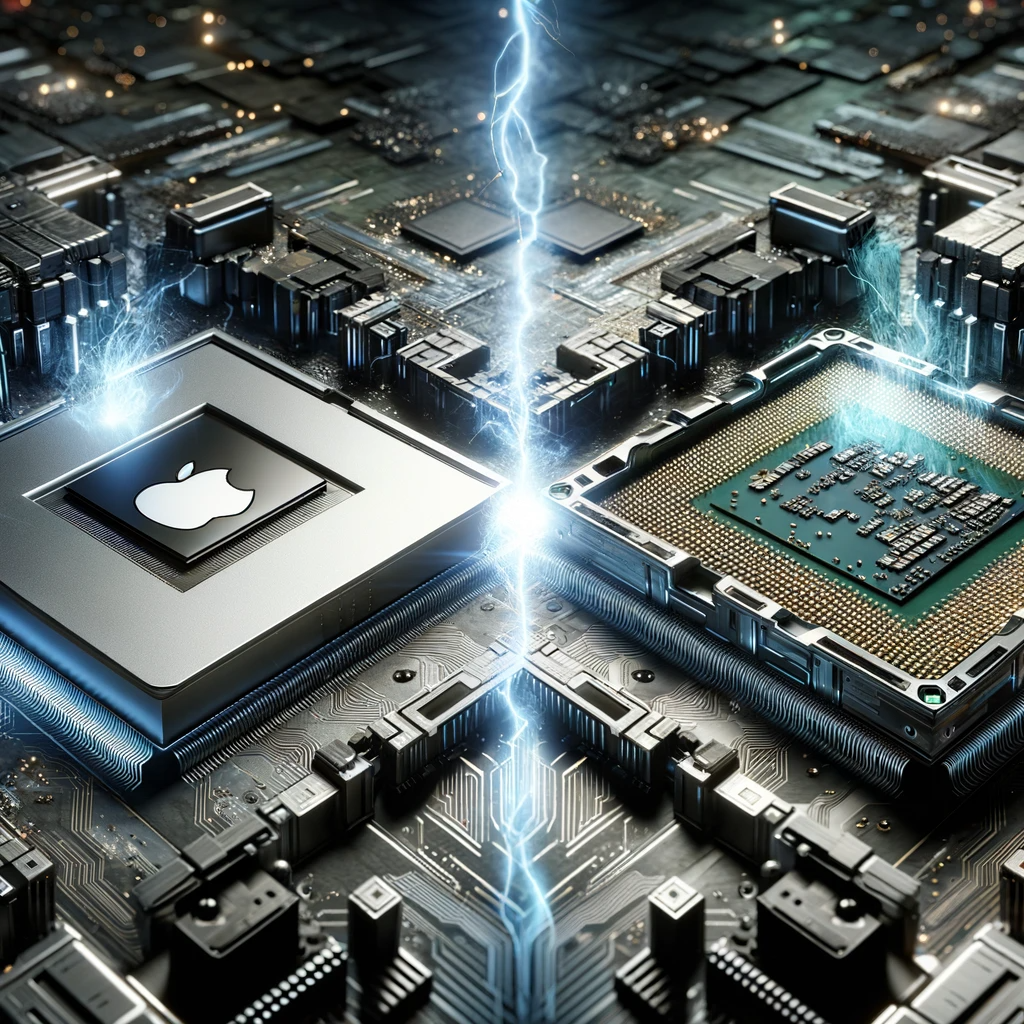
The graphics department sees a similar story. The Adreno GPU in the Snapdragon 8 Gen 3 gets a 25% improvement in graphics rendering versus the prior generation as per Qualcomm. This allows it to match or slightly exceed the A17 Pro’s 20% GPU boost in benchmarks like GFXBench. Qualcomm has stuck with a 4nm manufacturing process but refined it even further to attain these performance and efficiency gains.
AI Capabilities
AI is becoming increasingly important for everything from computational photography to natural language processing. The Snapdragon 8 Gen 3 contains Qualcomm’s updated Hexagon neural processing unit, which delivers up to 98% faster AI performance than its predecessor. Apple also beefed up the A17’s neural engine substantially, but Qualcomm still appears to have the lead here. The Hexagon NPU can run complex AI models natively on the device for new use cases like generative AI and voice assistants.
Imaging and Camera
The integrated Spectra ISP gives the Snapdragon 8 Gen 3 strong imaging capabilities. It enables features like night video recording, HDR photos, and real-time semantic segmentation. The A17 Pro matches it in areas like Dolby Vision HDR video recording and Night Mode for photos. But Qualcomm supports newer software features like AI-powered voice control for editing. Both chipsets support upwards of 200MP photo capture and 8K video recording.
Gaming
Mobile gaming continues to improve in quality, so high-end chips need elite gaming features. The Snapdragon 8 Gen 3 comes loaded with Snapdragon Elite Gaming technologies. This includes 40% faster ray tracing for realistic lighting and shadows in mobile games. The Adreno GPU can also upscale games to 8K resolution. Apple hasn’t focused as heavily on gaming-centric features, but the A17 Pro’s raw power can still enable great gaming experiences.
Real-World Battery Life
While both the Snapdragon 8 Gen 3 and A17 Bionic received a battery life rating of 94 from NanoReview, real-world tests indicate the Snapdragon 8 Gen 3 delivers superior battery life. For example, in multiple YouTube battery drain tests, devices like the Samsung S23 Ultra with the Snapdragon 8 Gen 2 chip outlasted the iPhone 15 Pro with the A17 Bionic. This suggests the efficiency gains of the Snapdragon 8 Gen 3 could allow it to achieve noticeably better real-world battery life compared to the A17.
Connectivity
The Snapdragon X75 modem integrated into the Gen 3 enables remarkable wireless connectivity. It supports peak 10Gbps 5G download speeds versus the 7.5Gbps peak of the A17's X70 modem. The X75 also includes new AI enhancements to further boost 5G performance. Moreover, the Snapdragon 8 Gen 3 supports Wi-Fi 7 and Bluetooth for fast, reliable connections across the board. This gives it an edge over the primarily Wi-Fi 6E enabled iPhone 15 Pro.
Launch Timeframes
Smartphones running the Qualcomm Snapdragon 8 Gen 3 platform will appear over the next few months and into 2024. Xiaomi will be first to market, with its Xiaomi 14 series announced on October 26, 2023 featuring the new chipset. Other manufacturers like Oppo, Honor, Sony, OnePlus, Samsung, and Motorola are expected to launch flagship phones powered by the Snapdragon 8 Gen 3 through 2023 and into 2024.
Given its status as Qualcomm's premium mobile platform, the Snapdragon 8 Gen 3 will likely be found in high-end rather than mid-range devices. So we can anticipate seeing widespread adoption of the Snapdragon 8 Gen 3 in upcoming Android flagships over the next year or so.
Who reigns supreme?
The Snapdragon 8 Gen 3 vs Apple A17 Pro comparison highlights significant improvements for Qualcomm across the board, from CPU and GPU gains to superior AI and gaming features. While Apple's A17 Bionic still holds some advantages in areas like single-core speed, Qualcomm has closed the gap dramatically. The Snapdragon 8 Gen 3 matches or exceeds the iPhone in several crucial areas.
And with bleeding-edge connectivity standards like Wi-Fi 7 included, in our opinion, the Gen 3 looks to be the most advanced mobile chipset available right now. We’ll have to wait and see how these processors actually perform when commercial devices utilizing them launch. But on paper, the Snapdragon 8 Gen 3 is an extremely impressive achievement by Qualcomm.
.
